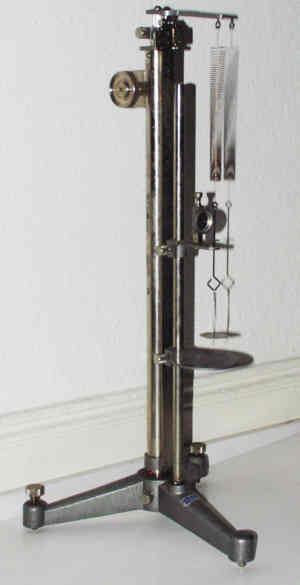
|
Jolly Balance Pic Sp 20 This " scale " is such a typical collectors story ;-) I bought this scale
in April 2000 because she look like a scale ... had a spring and pan... and
a graduation. Than, by hunting on
the web, I found a nice Webpage I have discovered his page side for side and suddenly I found my "scale".... and I was happy to find out that it IS a scale...A JOLLY BALANCE
Funny is: I STILL DO NOT UNDERSTAND HOW SHE WORKS ! |
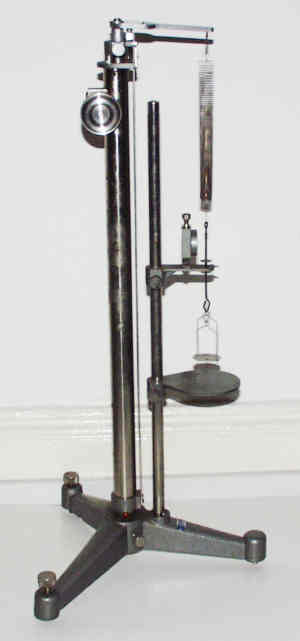
|

|
|
This balance is designed for
the rapid and simple determination of the specific gravity of solids.
According to the 1941 Cenco catalog it was: "Extensively used in
commercial work for the control of the compounding of rubber, sorting of
minerals etc. May be used for other physical determinations, such as surface
tension measurements in educational laboratories."*
The two pans enable the user to first weigh an object in the upper pan in air, and then transfer it into the lower pan suspended in water in a beaker. The specific gravity is determined by dividing the extension of the spring by the object in air by the difference between the extensions in air and water. Through the combination of light and heavy springs, objects with masses of 1-100 gm may be determined. The Jolly balance was invented by the German physicist Philipp von Jolly (18091884). The instrument is comprised of a one meter+ column supported on a cast iron (black crinkle finished) tripod, with tapering sigmoidal legs. There is a chrome plated leveling screw on the end of each leg. The column is made from a nickel plated brass hollow square (1.9 cm) tube, 107 cm tall, with a 100 cm scale (graduated to 1 mm, and numbered at 10 cm intervals) etched onto one side. Three cast brass (black krinkle finished), riders move along the column: 1) a beaker platform, with screw operated fine position control moving the platform relative to a clamping collar; 2) a collar constraining the captured double hook bob; and 3) the spring suspension hook with vernier scale and screw operated fine position control relative to a clamping collar. All clamping and adjusting screws are chrome or nickel plated. The beaker platform shows the remains of a BKH decal within the recessed area on top. The double hook bob has a ring inscribed into the body about 2/3 the way along the body. There is an oval brass tag stamped HUMBOLDT S-T-C / 2097 attached with brass pins to the right side of one of the tripod legs. The spring ("7580 spring heavy") and aluminum and glass pans ("7568 scale pan Upper") are replacements (Cenco, c. 1960). Specific
Gravity by Jolly Balance in Johannsen. Manual of Petrographic
Methods. (1918) |
|
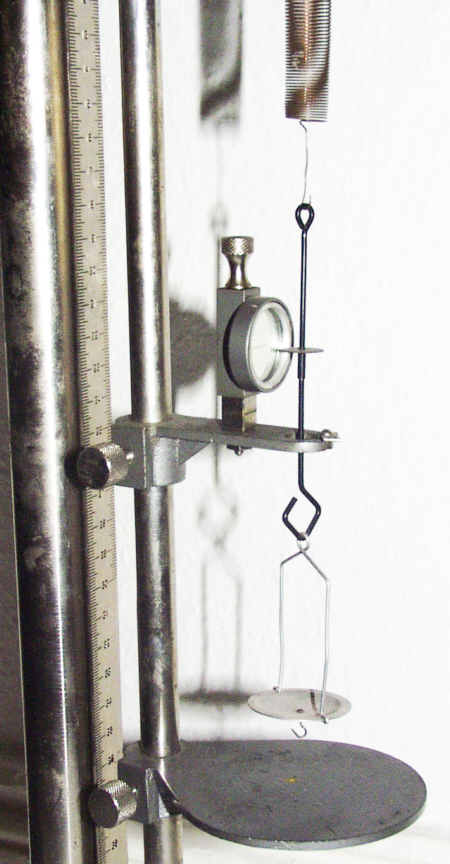
|
|
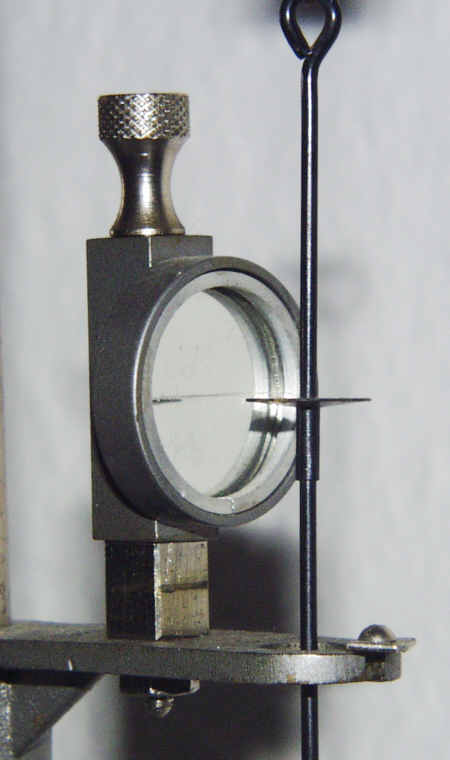
|
|

|
|
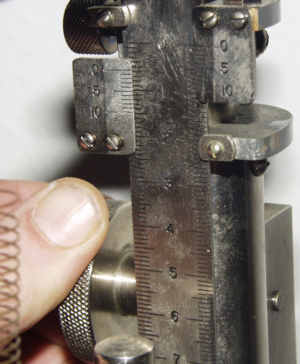
|
|
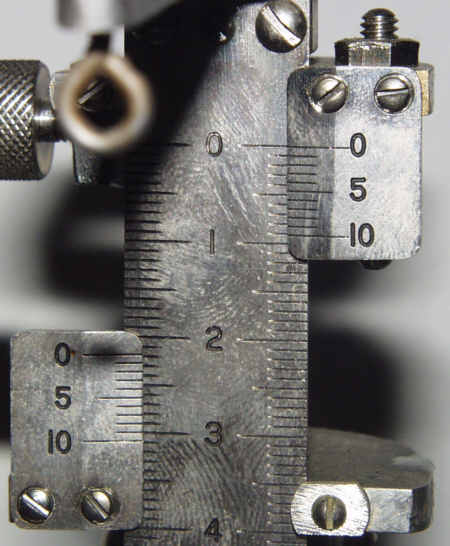
|
|
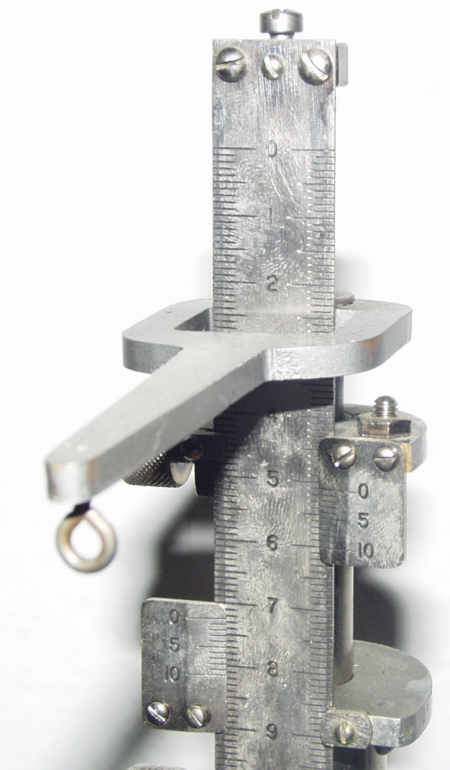
|
|
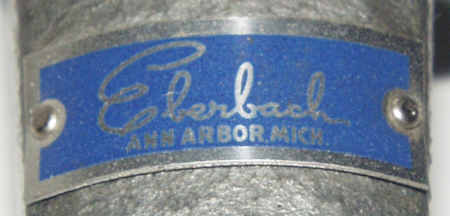
|
|
Thanks to: R. Paselk |
|
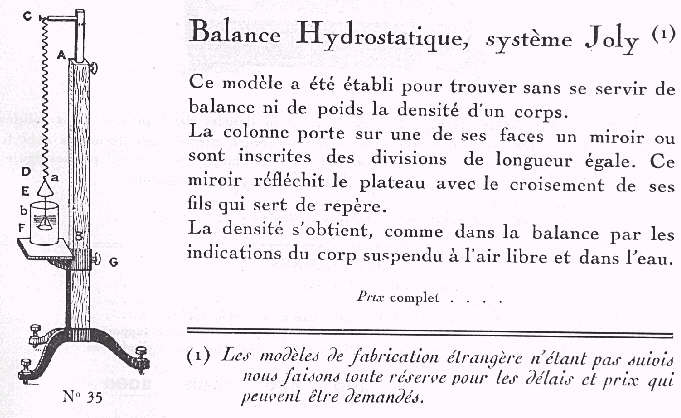 Scan found in an old EXUPERE Catalogue ! |
|